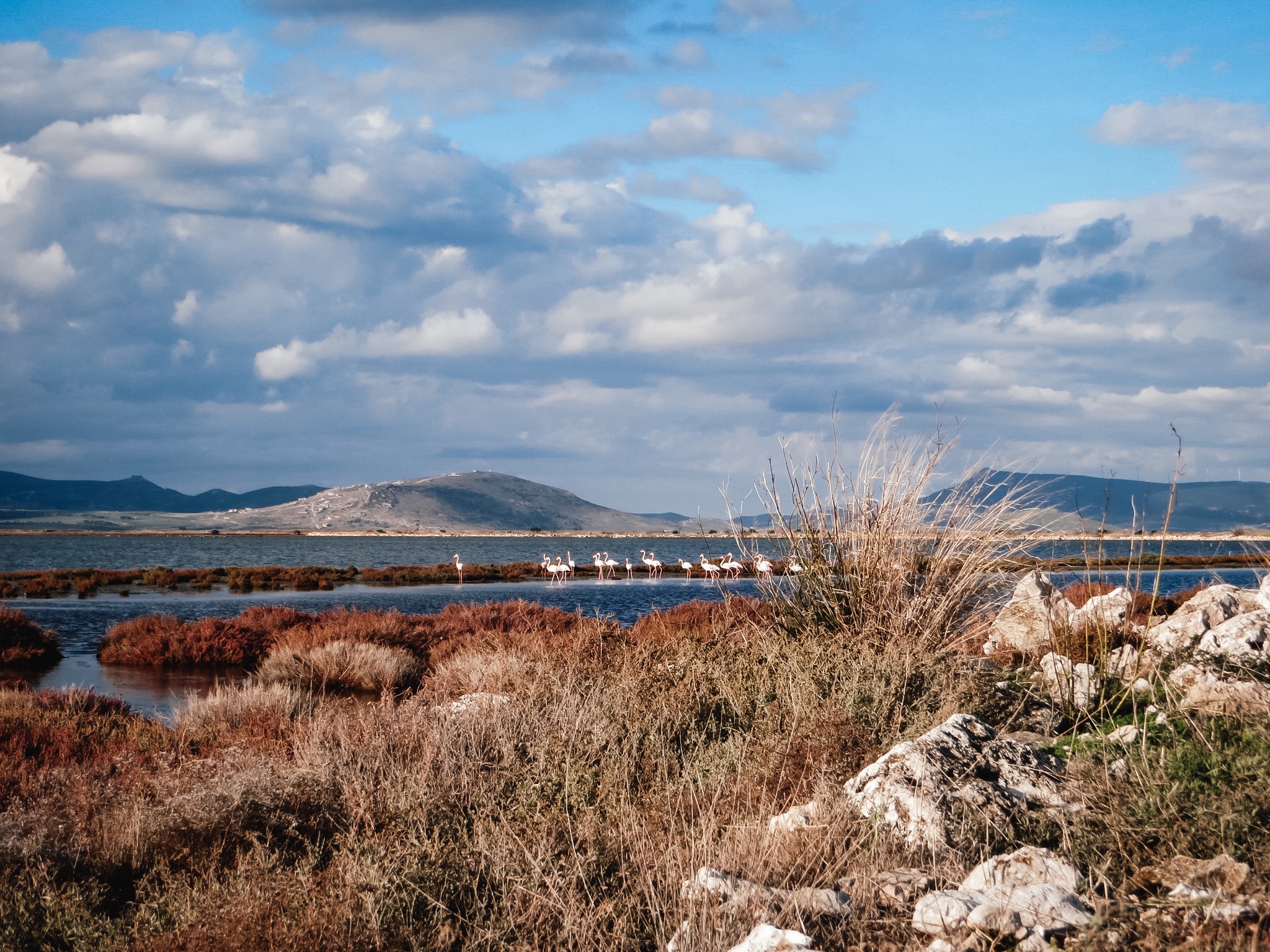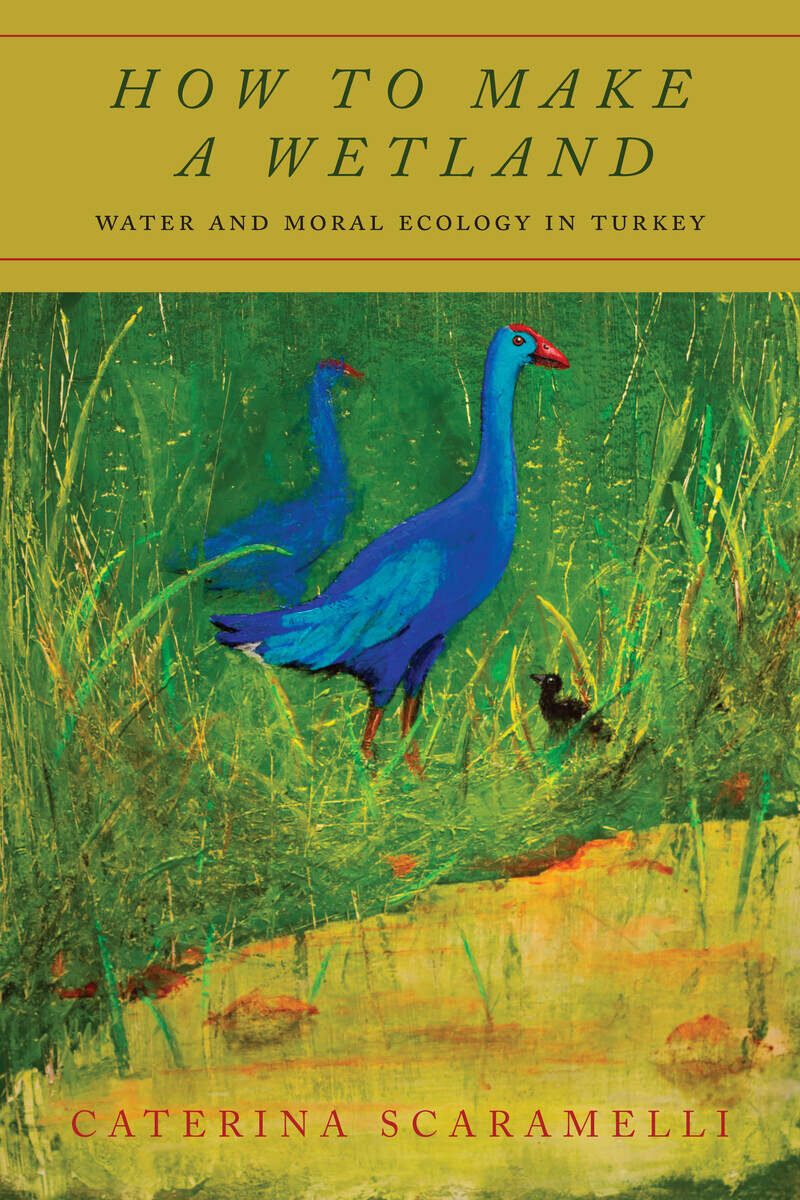How to Make a Wetland
What does it mean, for people (and other animals) to inhabit and contest rapidly changing environments in times of political uncertainty? My book, How to Make a Wetland: Water and Moral Ecology in Turkey (Stanford University Press, 2021), offers an account of ecological and infrastructural transformations in Turkey’s swamps and marshes against the backdrop of authoritarian rule and the rise of wetland conservation science.
Drawing on long-term fieldwork with farmers, scientists, and bureaucrats in two Turkish agrarian deltas, How to Make a Wetland explores how water, sediment, infrastructure, plants, and animals have come to matter in contemporary Turkey and what this reveals about the intersection of the moral and the ecological in the current moment. The “wetland” emerged as a globally significant category over the course of the 20th century, eventually becoming a key concept within Turkish state-making projects built on attempts to manipulate swampy nature. Drained marshes were transformed into sites for the resettlement of new Turkish subjects, for experimenting with new crops and technologies, and generated new nationalist reimaginings of place and history. As transnational scientific research and environmentalism cast the wetland in a starring role, Turkish farmers,
scientists, and bureaucrats also drew on wetlands as a novel idiom for claiming divergent ecological futures. How to Make a Wetland shows how Turkish citizens articulate alternative moral visions of livelihood, governance, and science on the unstable ground of an innovative wetland politics in a decade of rising authoritarianism.
How to Make a Wetland illuminates these transformations between humans, non-humans, and their unstable surroundings in Turkey through the anthropological concept of moral ecologies—contrasting notions of just relations among people, land, water, infrastructure, animals, and plants. Divergent moral claims about ecology, infrastructure, and the livelihood of non-human animals have become central to a Turkish politics of livability. How to Make a Wetland analyzes the epistemological and affective practices that produce non-humans as political subjects, bringing environmental history and the history of science into conversation with ethnographic writing and anthropological theory. This approach to the wetlands of contemporary Turkey demonstrates how the valuation and governance of non-human creatures and elemental assemblages are not only entangled with human politics; they constitute it.







